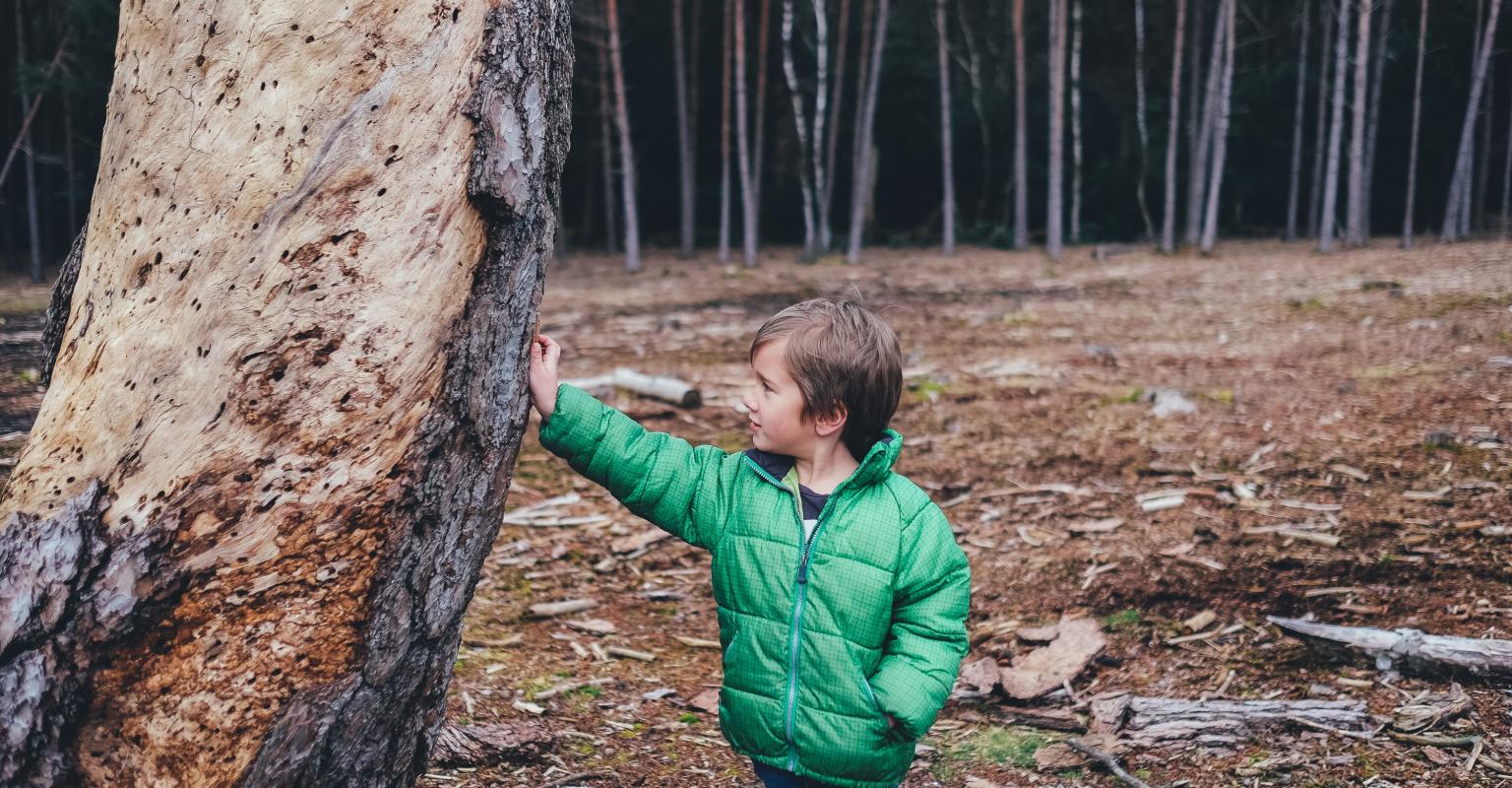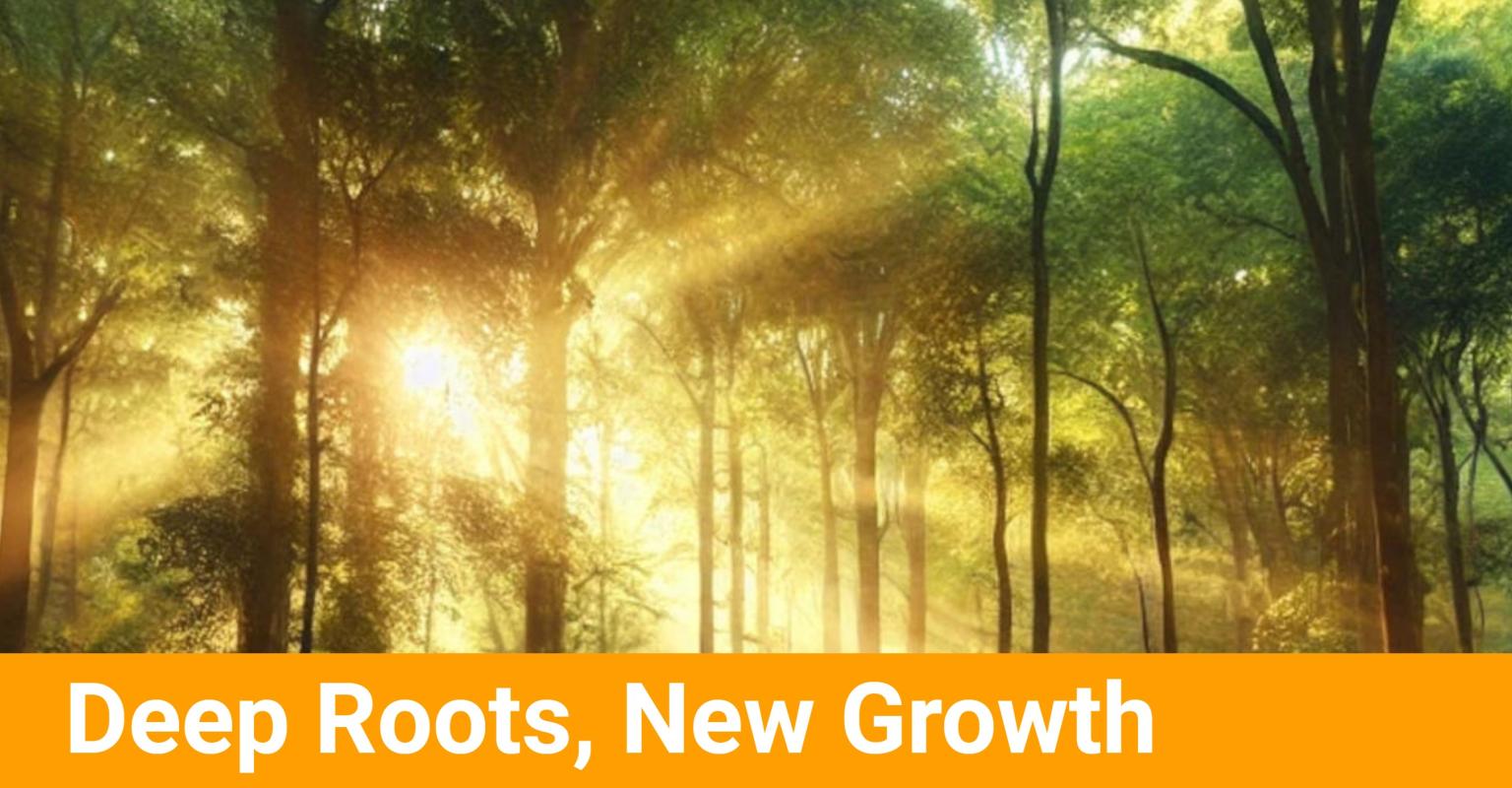Israel's First Tu B'Shevat Tree Planting
212
3
Article
Ze’ev Yavetz, a Polish-born educator who made aliyah in 1888 and settled in Zichron Ya’akov, marked Tu B'Shevat in 1890 by taking his students to plant trees and established a core practice for the Land of Israel and worldwide for the holiday. This item reveals his role and his thinking.
Show more
View Resources:
Partner Content
Topic
- Zionism
- Israel - The Land
- History
- Jewish Tradition
Setting
- Congregational Learning
- Day Schools and Yeshivas
- Teen Engagement
- After School and Beyond
Discover more

Collection
A collection of resources to stimulate students by forming connections between nature, Israel, and Tu Bishvat.
3625
190

Four fun Tu BiShvat art projects.
1208
285

Discover how trees have played a central role in Jewish tradition, environmental awareness, and Zionist ideals.
54
0
